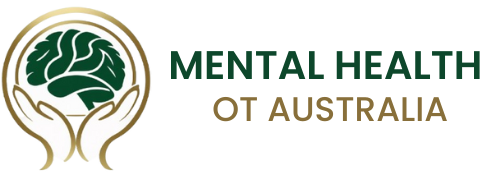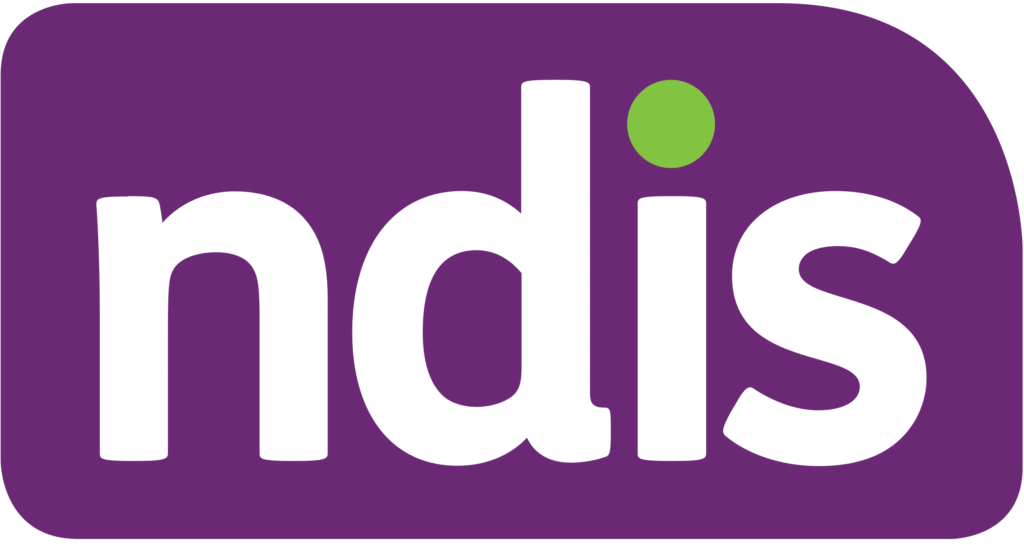Rest assured, we have carefully chosen and invested in the most advanced Neurofeedback Technology available on the market today as it allows for limited side effects. Any effects felt during a session or soon after are a response by your central nervous system to the challenge of training. Although the sessions may feel relaxing, your brain is actually working very hard. Neurofeedback is like going to a gym for the brain. Once you start training, old patterns are stirred up and challenged, which may cause some discomfort for a short time until the brain and central nervous system learn to release and rebalance naturally and with ease. For example, you may experience any of the following symptoms: tiredness, sleep disruption the night of your session, headache (due to dehydration), sleeping during the session, awareness of discomfort in the body often associated with old injuries or yawning after your session. These effects, if they occur, are temporary and usually disappear in the hours following the session and generally stop appearing after a few sessions as the central nervous system becomes stronger, more flexible and more resilient. Please feel free to contact your dedicated Neurofeedback Practitioner to discuss anything that concerns you along the way. Neurofeedback is merely providing information that your brain uses to do its own organising, so even if symptoms do increase and are stirred up for a short time, it is a question of comfort while the brain adjusts itself, not safety.
SEO
Enhance brain health with Neurofeedback Brain Training — improve focus, memory, sleep, emotional regulation, and resilience naturally and non-invasively.
Search Words
Neurofeedback Brain Training, Neurofeedback Therapy, Neurofeedback for ADHD, Neurofeedback for Anxiety and Depression, Neurofeedback for Epilepsy, Neurofeedback for Sleep Disorders, Neurofeedback for Autism, Neurofeedback for Memory and Cognitive Decline, Neurofeedback for Elderly Patients, Neurofeedback for PTSD and Stress, Neurofeedback for Emotional Regulation, Non-invasive Brain Training, Occupational Therapist, Neurofeedback Occupational Therapy, Brain Health for Seniors, Neurofeedback for Focus and Attention, Neurofeedback for Trauma Recovery



